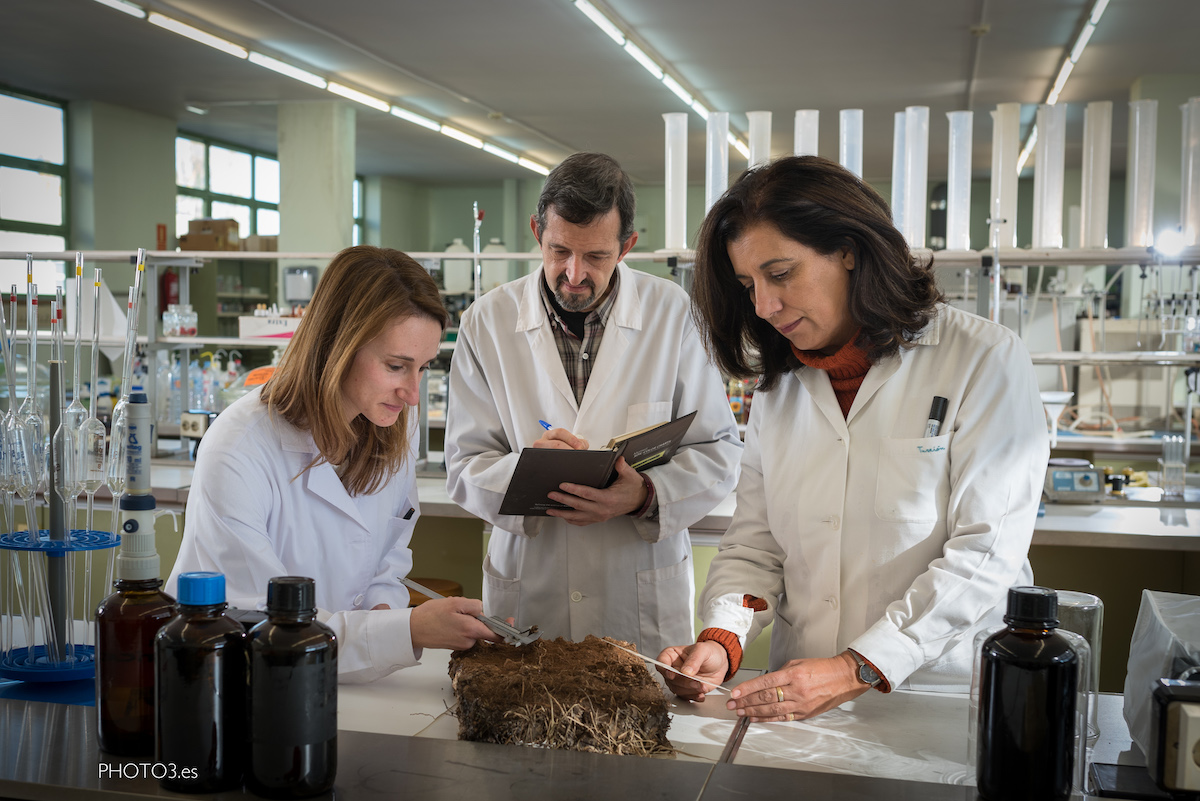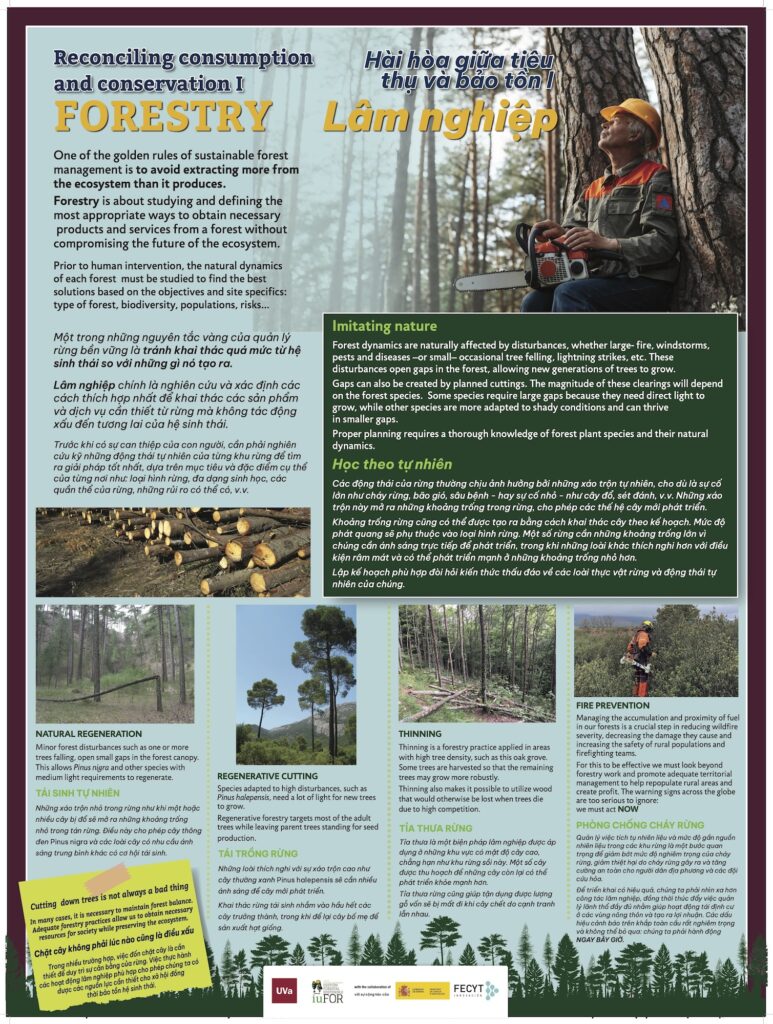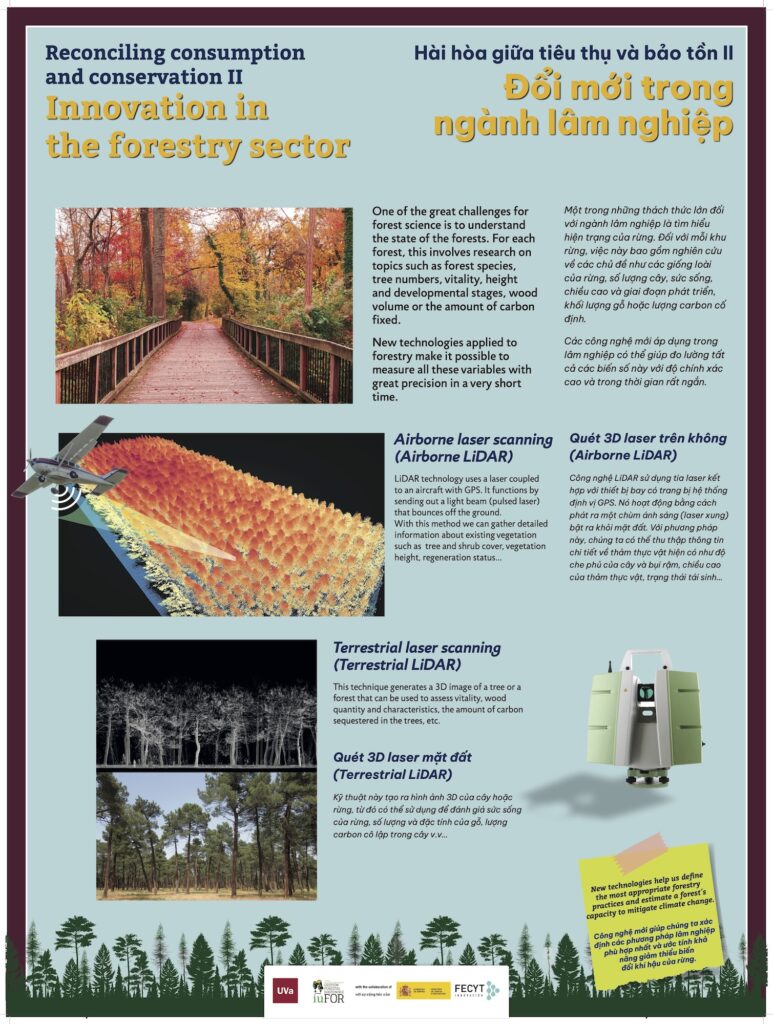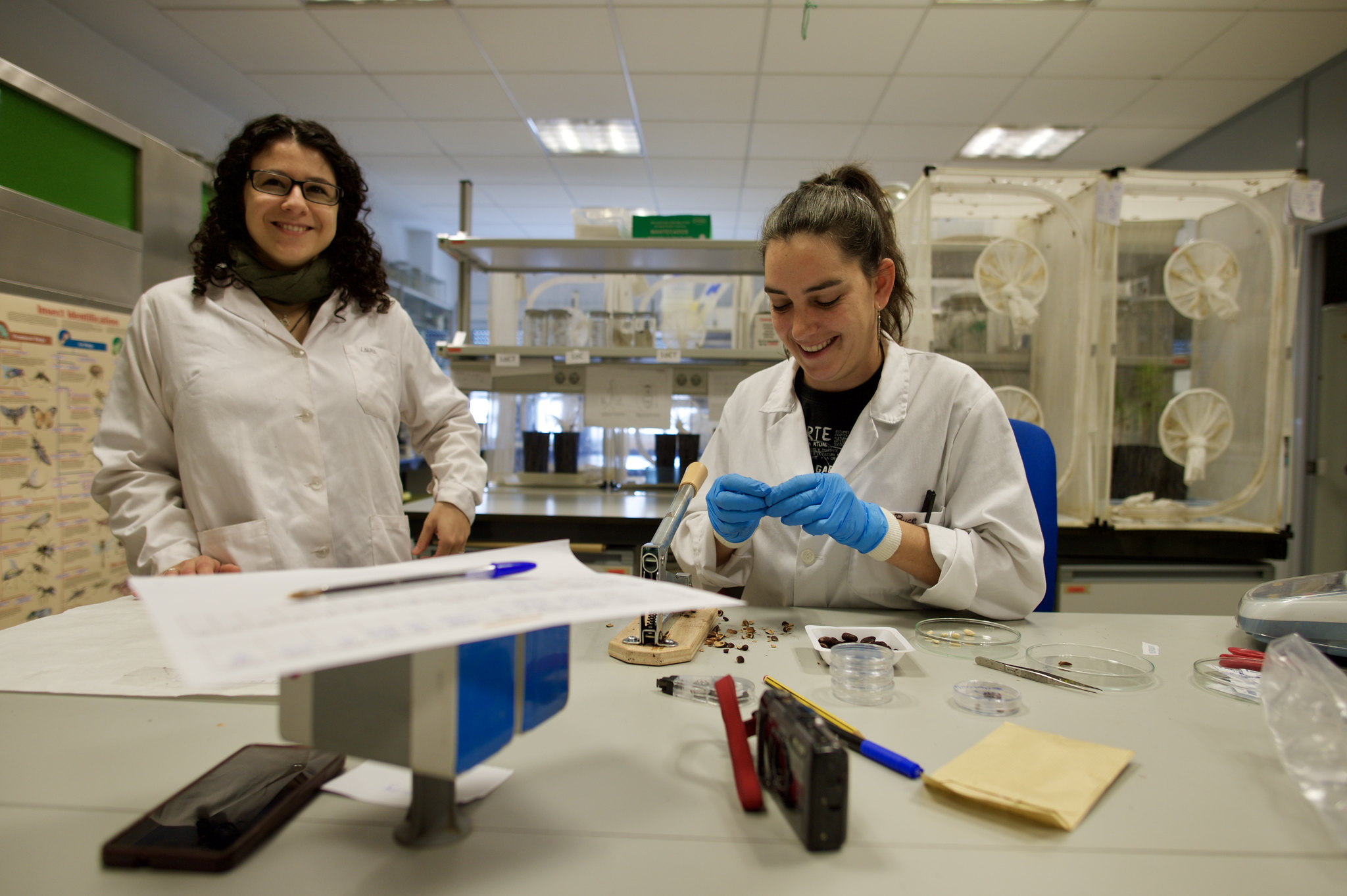Although the principles of Forest Resource Management date back to the 18th century, the needs of that time were very different from today’s. Back then, it was imperative to ensure the enduring supply of forest resources, primarily wood and firewood. The old foresters called this the “Principle of Persistence.” Today, society also demands recreation, biodiversity conservation, the fight against climate change, rural development, and more. Can we integrate all these needs into 21st Century Sustainable Forest Management?
One of the pillars of sustainable forest management is not to extract from the ecosystem more than it produces. Silviculture studies and defines in each forest the most appropriate interventions to obtain the necessary products and services without compromising the future of the ecosystem. Therefore, before intervening, it is necessary to study the natural dynamics of each forest, consider the objectives, and define the best solution, tailored to each territory, forest type, biodiversity, population, risks, etc.
Mimicking Nature
The dynamics of forests are naturally affected by disturbances. These can be large—such as fire, strong winds, or some pests and diseases—or smaller—such as individual tree falls, lightning, etc.—that create gaps allowing the establishment of new generations of trees.
Gaps can also be created through planned thinning. The size of these clearings will depend on the species growing in the forest. Some species will need large spaces because they require more light, while others, better adapted to shade conditions, will thrive in smaller gaps. For proper planning, a great knowledge of forest species and their natural dynamics is required.
Cutting trees is not always bad. In many cases, it serves to maintain balance in forests. Proper silviculture allows obtaining the necessary resources for society while preserving the ecosystem.
Innovation in the Forest Sector
One of the major challenges in forest science is to know the state of forests. This involves researching the present species, the number of trees, their vitality, height and level of development, the volume of wood, or the amount of carbon fixed. The application of new technologies in the forest sector allows us to know all these variables with great precision and in a very short time.
New technologies help us define the most appropriate silviculture and estimate a forest’s capacity to mitigate climate change.




